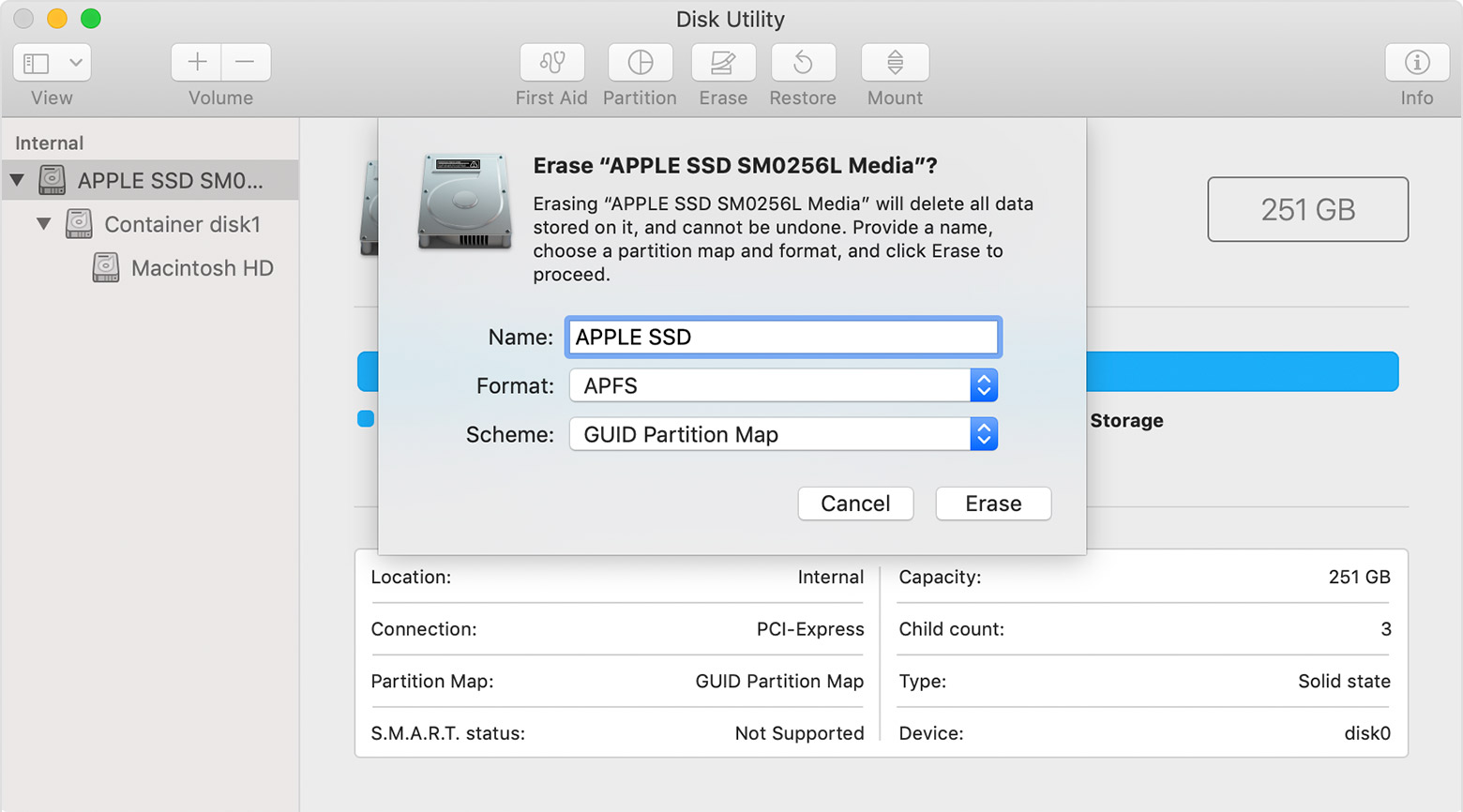

Once you’ve done that, you’re free to wipe or repair the disk, hopefully getting that original laptop working again. If this is successful, use the working Mac to make copies of the files you need most (photos, documents, etc.). Or, if the Mac is already turned on, go to Apple (on the upper left-hand corner of the screen) > System Preferences > Startup Disk > Target Disk Mode. Turn on the broken Mac, then press and hold the T key while it starts up. This can be useful if, for example, you need to get files off a computer with a screen or keyboard that doesn’t work.Ĭonnect the two computers with a USB-C, Thunderbolt 2, or Firewire cable. You connect a non-working Mac to a working Mac and treat that non-working Mac like a big USB drive. It’s a bit simpler on a Mac, using an intimidating-sounding tool called target disk mode. But this will at least determine if the drive is the part that failed. Yes, this is a big ask, especially for anyone who hasn’t ripped apart a computer before.

If you can see that drive’s files on the working computer, pull out anything essential and make copies. Once you’ve removed the drive, plug it into a working computer. Lots of PCs make this easy, but as with any device, the process will be easier with a tool kit and universal drive adapter. To make sure it’s the hard drive and not one of the many other things that can go wrong when starting up a computer, remove the hard drive and plug it into another computer if possible. This works differently depending on whether you have a magnetic spinning disk drive or a solid-state drive (SSD), which you’ll find on most modern computers. Your computer mostly erases the information that points your computer to that chunk of data, which will remain until it gets written over. The good news? When you delete a file on a drive, all that data doesn’t immediately go away. Any actions, even installing a recovery app, risks overwriting the files you need. If you just want to try to get back a few specific files, or get the device running again, here’s how to handle hard drive recovery.įirst, remove the hard drive from the device if possible, or otherwise stop using it.

If you’re dealing with data you absolutely can’t afford to lose, seek professional help like at an Apple Store or professional data recovery service. If your Mac is starting up and you see a file icon with a question mark, or Windows gives you a pop-up that says “Windows detected a hard disk problem,” you’re looking at a potential drive failure. Play icon The triangle icon that indicates to play For Serious Hard Drive Failure


 0 kommentar(er)
0 kommentar(er)
